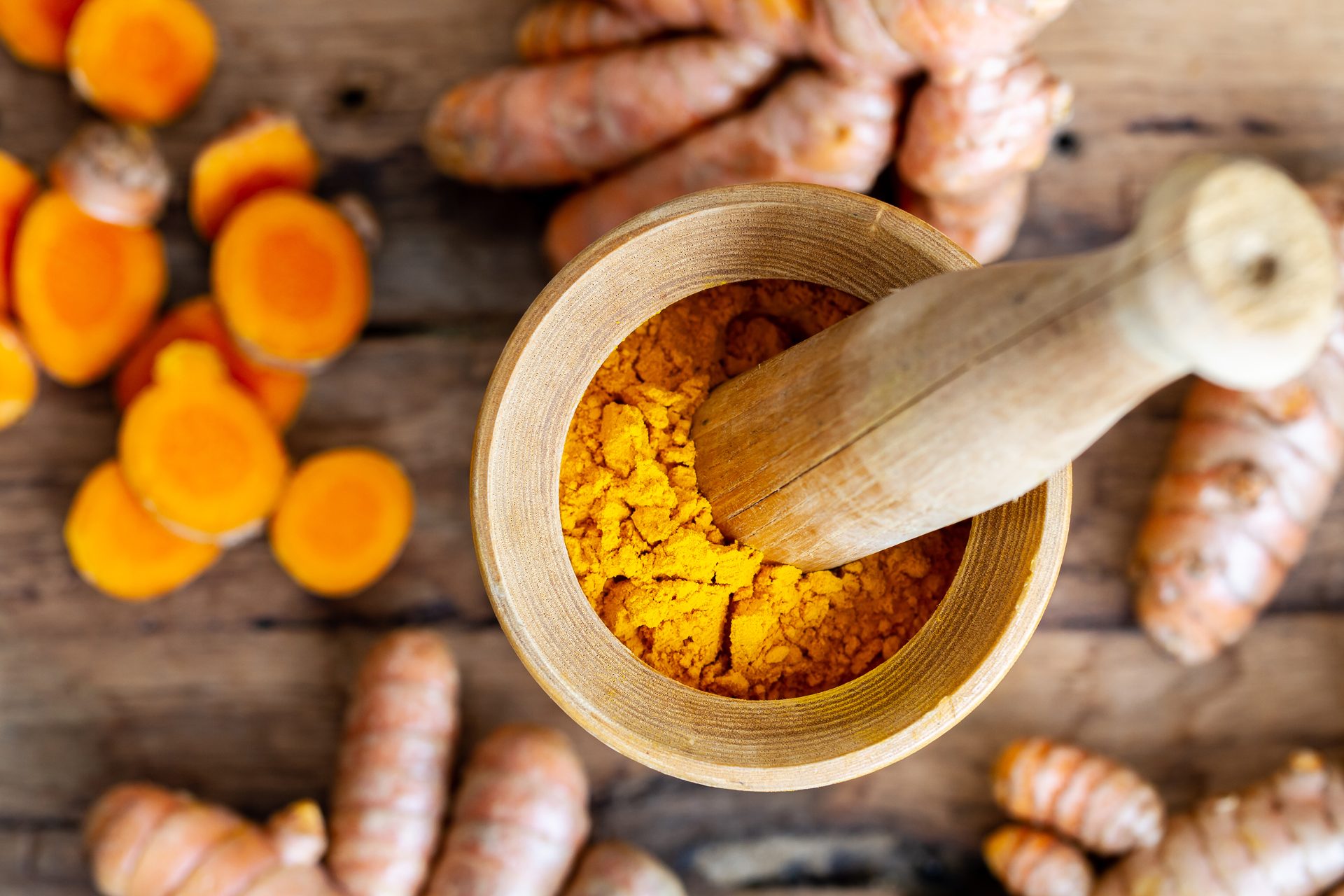

Curcumin Shows Promise as a Natural Replacement for BPA in Plastic Production
Plastic products inundate much of everyday life. Almost half of the global plastics resources are used for producing packaging materials2. The inherently hygienic properties of plastic material brings significant advantages to the Consumer Packed Goods (CPG) market place. But especially here potentially harmful compounds, either to the consumer or to the environment, must be identified, studied and removed from the global supply chain. So there is an emerging need to examine the synthesis of plastics and the toxic materials the process utilizes. BPA, or bisphenol A, is an example of one such material, a major plastic polycarbonate that is popularly studied for correlation to negative health effects like obesity and diabetes. There is also existing research into the relationship between BPA as an endocrine disruptor and conditions such as infertility and cancer. Aside from health, plastic waste also pollutes the natural environment, often in the form of microplastics that can harm ecosystems and the living organisms within them.
From health complications to environmental detriment, plastic and its production are topics of significance to chemists and biologists who are striving for more sustainable and renewable methods. One such approach includes replacing BPA and thus the toxic polycarbonates it forms with cleaner and more sustainable alternatives. Analytical techniques to investigate inter- and intra-molecular properties in real-time are essential to researchers globally. Novel plastic materials are designed for recycling already with a minimized environmental footprint.
What is curcumin and why is it a suitable choice for BPA replacement?
A group of scientists from the Department of Chemistry and Biology at the University of Bari in Italy addressed the challenges posed by BPA as a precursor to plastic products. To do this, they synthesized a novel bio-based, renewable polycarbonate using the material curcumin to replace BPA. Curcumin, abbreviated CM, is a natural antioxidant, anti-inflammatory, antibacterial and anti-cancer agent. Sourced from the turmeric plant, CM possesses a chemical structure that is analogous to BPA. With the ability to improve CM’s stability and water solubility coupled with CM’s structural suitability, the University of Bari research team selected CM to serve as a precursor in the creation of a suitable alternative to BPA polycarbonate.
Synthesizing the Biobased BPA Alternatives Using CM and THCM
The research team engaged in a synthesis process for biobased BPA alternatives that can be broken down into a trans-polymerization process with two major steps. The first step is the depolymerization of BPA polycarbonate (BPA-PC) with phenol which results in a product called diphenyl carbonate (DPC). Next, the researchers performed a melt transesterification on DPC using CM or tetrahydro-curcumin (THCM) to create the end products intended to serve as alternatives to BPA-PC. These products will still serve the same functional purposes as BPA, however without the negative properties associated with BPA.
The scientists used both CM and THCM in their experiments while in their pursuit of clean polycarbonates. THCM is a form of CM that has an additional four hydrogens on its chemical structure. THCM retains all the structural and pharmaceutical advantages of CM, however, does not have the concentrated yellow hue that is undesirable in CM as a polycarbonate synthesis monomer. The scientists derived THCM from CM through a selective reduction process that was monitored by UV-Vis spectroscopy and confirmed by 13C-NMR spectra.
Once the end products CM-PC and TCHM-PC were synthesized, they were characterized by 1H-NMR spectra recorded on a Bruker 500 MHz spectrometer. Ultimately, the research group converted the toxic plastic waste BPA-PC to equivalent polymers made up of renewable monomers. Further analysis of IR spectra showing the process concluded in the formation of carbonate compounds. This observation supports a successful polymerization reaction using these materials. Furthermore, the polymerization yields of CM-PC and THCM-PC were high and similar to the polymerization yields of BPA-PC, bolstering the usability of CM as a precursor to plastics.
The Future of BPA Free Plastic Production and the Circular Economy
This study is the first proposal of CM as a sustainable alternative to BPA in polycarbonate polymer synthesis. The need for renewable replacements for BPA arose out of aforementioned health and environmental risks. Consequently, goals of this novel research include using renewable energy sources to produce plastic and designing consumer items to be recycled in line with the circular economy principle.
Bruker’s Avance series NMR spectrometers are the key tool-box to Polymer research and development. The unparalleled probe portfolio enables researchers to rapidly adopt to new trends and, as described here, to verify the molecular structure of novel polymers.
The circular economy describes a more sustainable model of production and consumption within society, emphasizing renewable sources of energy and the reusability of materials. CM is not only a natural, renewable precursor to plastics, but the BPA alternatives it produces can be transformed back into high purity BPA for further processing and cycle repetition again and again. Thus, the circular economy is fulfilled with this sustainable aspect of CM.
The leaders of this study acknowledged that CM is costly at the moment to incorporate into large scale plastics manufacturing. However, they do advocate for a future with BPA free plastics with the aid of consumers, producers, and policy makers. More environmentally conscious consumers influencing the plastic industry, and in turn its manufacturing process, toward sustainable alternatives coupled with policymakers committed to the circular economy can induce cost decreases for CM for this use.
References: DeLeo,V.;Casiello,M.; Deluca, G.; Cotugno, P.; Catucci, L.; Nacci, A.; Fusco, C.; D’Accolti, L. Concerning Synthesis of New Biobased Polycarbonates with Curcumin in Replacement of Bisphenol A and Recycled Diphenyl Carbonate as Example of Circular Economy. Polymers 2021, 13, 361. https://doi.org/ 10.3390/polym13030361
2 https://www.unpri.org/plastics/risks-and-opportunities-along-the-plastics-value-chain/4774.article
